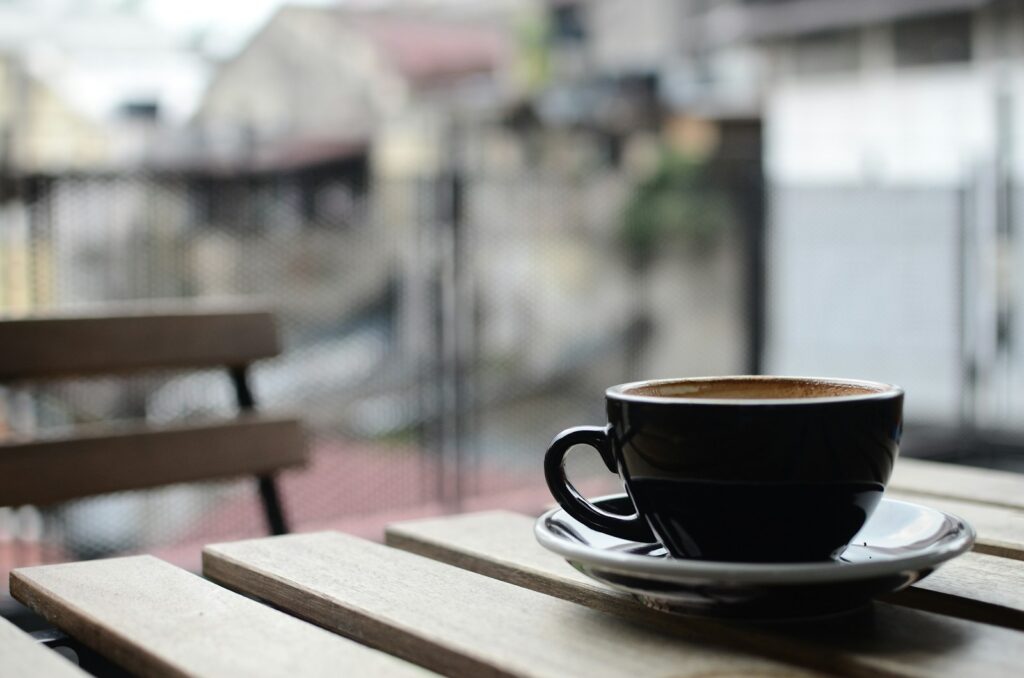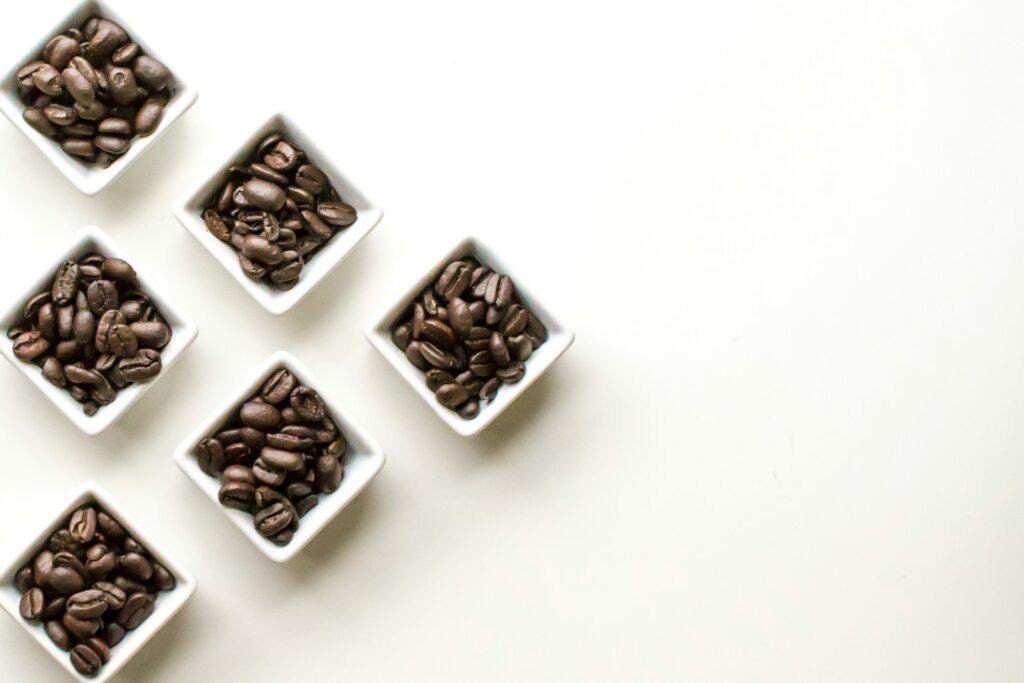To throw an interactive coffee tasting event, embed your planning with passion and knowledge. First of all, select diversities of origin, roast, and brews each paired with tasting notes to further the discovery process. Assemble quality brewing equipment and tasting cups. Set up a comfortable setting with dimmed, warm lighting and soft music that cultivates conversation. Create a sensory guide to help guests through. Entertain guests by sharing stories and inviting free and open discussion of flavor and preference. There is a whole world of deep flavors and brewing methods that can be discussed at your event.
Picking the Perfect Coffee
Picking the perfect blend for your tasting event is like curating an art show: every choice has to have a story and evoke something specific when it touches your senses.
First, vary the origins. Each region of the world imparts different flavor profiles into its coffee beans. For example, Ethiopian coffees tend to be bright, fruity; Sumatran varieties might show undertones earthy and herbal.
Also, consider the roast levels, as that plays a huge role in the flavor: light roasts retain much of the character in the bean, thus allowing for bright acidity and complex notes, while dark roasts have a bold, rich flavor.
Reward your taste buds with bean varieties: Arabica is more delicate in flavor and aroma, while Robusta brings a bolder, fuller-bodied experience.
When planning your event, think about what brewing methods will highlight the coffees you have chosen. A French press might amplify a dark roast where a pour-over might make a light roast delicate.
Smell aroma strongly and do proper sensory evaluation to ensure that the experiences your guests will have are both safe and enjoyable.
Your selection will walk them through an flavorful journey celebrating the diverse tapestry of coffee.
Gathering Essential Supplies
Indeed, preparation is quintessential to a successful coffee tasting event, bringing in thoughtful attention to the gathering of essential supplies.
Start by selecting a variety of diverse coffee varieties to ensure that your guests will taste an array of flavors. Each one of those coffee varieties will have tasting notes assigned to them, indicating the unique character of the beans and their origins. Not only does this develop a tasting experience, but rather takes one on an educational journey through the world of coffee. Pull up banners with vibrant coffee visuals and tasting notes can add a visual flair to your setup, giving guests a quick reference and helping to highlight the unique character of each coffee variety.
Invest in a good brewing setup, such as a French press or a pour-over, that showcases the profile of each coffee. Make sure you have plenty of filters, grinders, and kettles to do several brews at once.
Ensure all electrical equipment is well cared for and that there are no hazards in the workspace for safety’s sake.
Don’t forget to gather a number of tasting cups, glass or ceramic being preferable for the preservation of the integrity of the coffee. Also necessary are small, prepared notepads or cards for the guests to make comments and personal notes on the tasting. It adds a lot to their experience, and will be something they remember.
With these materials prepared, you are now set to provide an educational and safe tasting experience.
Creating the Perfect Ambiance

With your supplies ready, set up the setting for a friendly atmosphere that allows you to make the most of your coffee tasting.
Begin with the light atmosphere. Soft, warm lighting adds so much to an inviting atmosphere. Just don’t allow any sharp and glaring lights, as these can unsettle your guests. You may want to use lamps for dimming or candles to help set up a nice mood. This soft glow accentuates the rich colors of the coffee and gently reinforces a sense of calmness and safety.
Then, you should choose background music that will enhance the taste without overpowering conversation. Go for less intense music, such as instrumental jazz or soft acoustic pieces of art, to help round out the experience. The right kind of music fosters relaxation and bonding among guests by helping them be comfortable and relaxed.
Ensure the seating is comfortable and can facilitate interaction. You may set the chairs in a circular or semi-circular manner, facilitating discussions and interaction. You can add cushions or soft throws to make it even more comfortable and cozy to sit in and concentrate on the tasting.
Creation of a tasting guide
Or rather, allow yourself to enter the art of crafting a tasting guide by creating a certain roadmap which will enhance the coffee experience for your guests. First of all, you need to choose some types of coffees that are representative of a wide range in flavor profile. This selection sets up the stage to take your guest on a sensory journey through a spectrum of tastes.
Organize the guide by listing each coffee, its origin, and the key tasting notes. Describe the aroma, body, acidity, and aftertaste in such a way that paints a picture to help guests imagine and explore each cup.
For safety and clarity, provide clear instructions on the usage of this guide. Encourage guests to savor each sip, noting the nuances that separate one coffee from another.
This can be further extended by using a flavor wheel to help them identify specific notes, such as floral, nutty, or chocolatey, which would allow them to group together and express their findings. An educational and enjoyable tasting experience is the result.
Brewing Methods to Try

Moving into the realm of brewing methods will take your tasting from basic to brilliant. Each has its unique flavor and aroma profiles, and your guests will be able to taste coffee in its several delightful forms.
Begin with the pour-over methods, darling of clarity and brightness, such as through a Chemex or Hario V60. These methods require a little finesse and thus demand safety and careful handling.
Learn about all the types of espresso from a concentrated coffee experience. From the classic shot to the velvety macchiato, espresso brewing requires expertise and attention to detail.
Cold brew steeped for hours delivers a smooth, less acidic taste that is perfect for those that like it mellow.
French press is robust and centered on body and richness; steep the coffee grounds in hot water and then press them down.
Siphon brewing is a theatrical presentation that allows for flavor extraction through a process of vacuum for a clean, aromatic cup. Try the different techniques invented with the AeroPress for versatility and speed. Turkish coffee, thick and bold in texture; percolated coffee, an almost forgotten taste from a time long past. Each technique is safe and an engaging way to explore coffee’s diverse profiles.
Engaging Your Guests
But in the more engaging diversities of brewing, success is all about engaging well with the guests.
Make sure a friendly environment is built where participants can be at ease. Keep the guests interactive by introducing every participant to others and sharing stories about their experiences with coffee. Make them get familiar with each other and make them feel safe and included.
Take them through the tasting-profile diversity they are about to experience, bringing out the emphasis on delicate nuances between floral and fruity notes, hints of chocolate or spice with your description. This will not only educate your guests but get them excited over diverse, complex flavors.
Encourage open discussion and ask for questions or opinions. Consider asking each of your guests to describe their impressions of each coffee as a way to generate a lively discussion. This type of discussion leads you to personal insight on the differences in preference, enabling you to make the experience worthwhile for all.
When the tasting is complete, taking some time to reflect on this journey is part of the experience. Invite your guests to do so also and share their notes from the tasting. Besides serving as another way to positively reinforce their sensory experiences, this invites the possibility of open discussion as well.
Discuss the flavor profiles they have experienced tonight, from the bright and fruity Ethiopian to the deep chocolatey richness of the Colombians.
Take a collective journey of aromas; you and your guests will be able to describe how different smells reminded them of something else, whether that had to do with an event or a time in their life. Guest feedback is so valuable-listen for impressions on coffee origins and brewing preferences. This will help you hone future events and continue developing your palate.
Reflect on how your own preferences may have changed during the tasting: maybe a brewing method you’d never considered now pleases you, or perhaps an origin that you did not expect surprised your palate.
Conclusion
You have walked your guests through a tapestry of flavors and aromas, and created a few magic moments. Is it not amazing how a simple cup of coffee can bring joy and connection to people? You prepared the best beans, arranged the setting just right, and got everyone involved in meaningful discussion. Now, reflecting on this event, you can fathom how these shared experiences could bind people for long periods of time and inspire curiosity. Indeed, your love of coffee has truly left an indelible mark.
